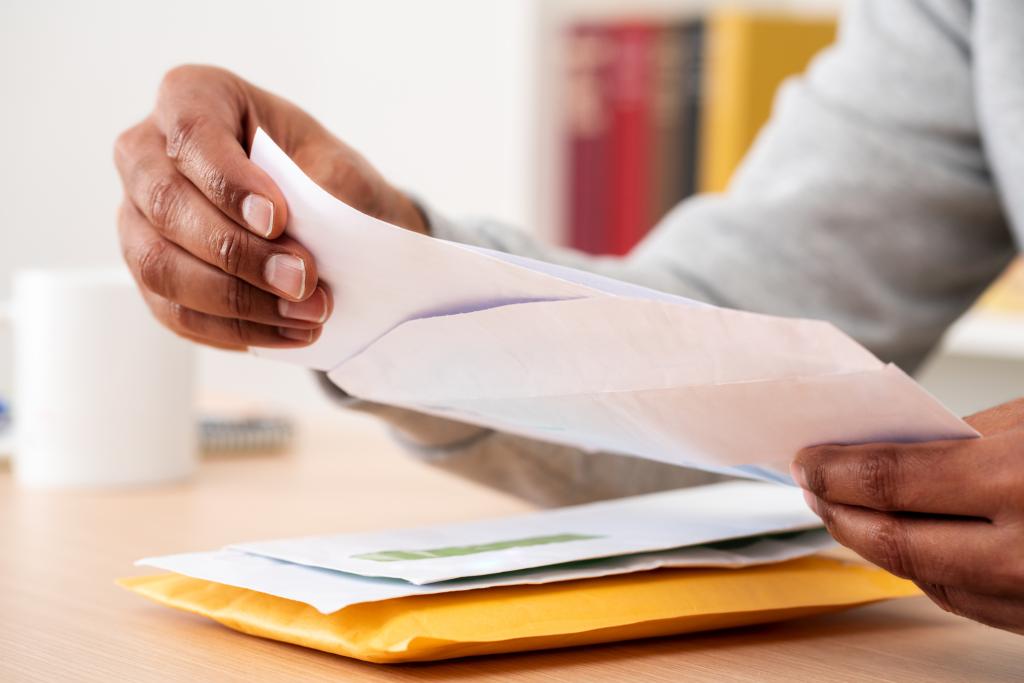
In my last article, I looked at what happens once a Children Act application is issued at the court by the Applicant. This article now looks at what happens when court proceedings are issued for the Respondent.
Court proceeding issued – what does it mean for the Respondent?
If you are a Respondent to an application that has just been issued, then the court will send that application to you, along with a number of documents.
Those documents will identify the fact that the case has been issued and provide you with a date, time and location of the first listed hearing.
In addition, you will receive an Acknowledge of Service form (AOS) which the court would invite you to complete in return.
This is a document which effectively confirms that you have received the court application, including the date and time that you receive the same, along with a number of other additional questions such as whether you are in dispute with the application and/or whether there is any domestic abuse issues which the court should give consideration to.
The Acknowledgement of Service form should be returned to the court with a copy to the other party.
Documentation to be filed in advance of the hearing
In addition, if the Applicant is alleging domestic abuse, along with the C100 (or C2) document which has been issued which shows the application which is being made, there may be a C1A form within which the allegations of domestic abuse are identified.
Whilst not strictly required upon receipt of the same, it would be helpful to the case of the Respondent if the finalising page thereof which identifies space for a response to the allegations to be briefly identified is completed and also returned to the court.
In the event that you are a Respondent to an application brought before the court where no allegations of domestic abuse have been raised and there is no C1A with the requisite papers, again it would be of significant assistance, both to you and to the court if you wish to allege domestic abuse you secure and completed a C1A and sent that to the court with a copy to the other party and CAFCASS, setting out the allegations of abuse which you contained have occurred.
As identified in the previous article, at some point prior to the first listed hearing, CAFCASS, who will have been instructed to undertake safeguarding checks should be in touch with you to go through the case and the matters and issues as you see them to aid them in preparing and lodging the safeguarding letter to the court.
This will include CAFCASS having undertaken social service and police checks to establish whether there is anything of significance or relevance arising therein.
Other than the documentation identified above, there is no specific, further or additional documentation which has to be filed in advance of that hearing.
The outcome of the case – what it is you would like
However, given that the Applicant will have given careful thought to what they want as the outcome of the hearing and will have set that out in their form C100, so too should you, as the Respondent, give careful thought to what you wish the outcome of the case to be and ensure that you are clear as to what the outcome you would wish to have from the proceedings available.
As a Respondent, you are, however not limited to dealing with the events that have been specifically applied for within the C100. For example, if the application is that the child should live with the Applicant, there is nothing preventing you not only in opposing such an arrangement but to specifically invite the court to make an order that the children should live with you.
Similarly, if the application simply sets out that the children should live with the Applicant, there is nothing stopping you from ultimately agreeing that but inviting the court to make an order which defines the time that you are then able to spend with your child.
If you have any questions relating to what steps and actions to take and in the event that you are a Respondent to a children act application which has been issued, would now like more information on the different types of proceedings relating to children, please get in touch with our Family team, we would be happy to assist you.
This article is part of a series on Private Family Law and Children Law proceedings. If you would like to learn more about the rules around parental responsibility, contact, holidays and arrangements for separated parents, please click here for the full series.
